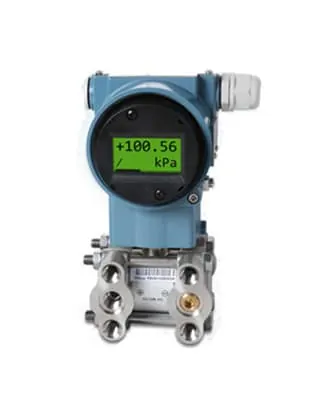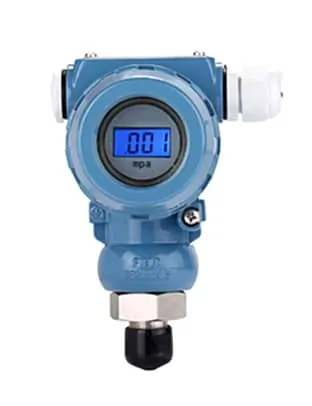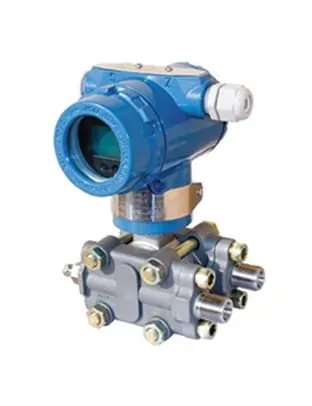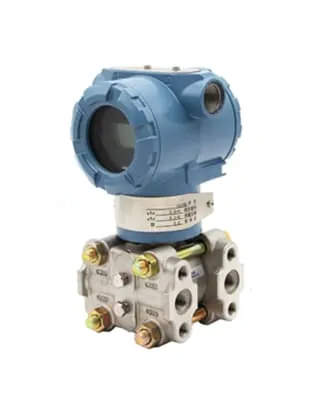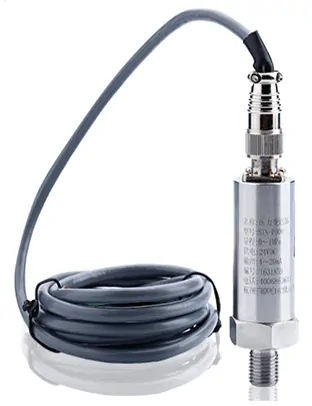Absolute Pressure vs Gauge Pressure is a critical distinction to understand in fields like fluid mechanics and various industrial applications. Absolute pressure refers to the measurement against a vacuum or absolute zero pressure, while gauge pressure represents the difference between atmospheric pressure and the pressure being measured.
The easiest way to distinguish between these two pressures is by their zero points: absolute pressure uses absolute zero as its reference, whereas gauge pressure considers atmospheric pressure as its starting point. As atmospheric pressure can vary, gauge pressure measurements may not be precise. In contrast, absolute pressure remains consistent and definitive.

Knowing the relationship between these two pressures, defined by a formula that factors in the reference pressure, is essential. This understanding allows for accurate use of relative pressure sensors, vacuum pressure formulas, and differential pressure measurement techniques in a wide array of practical situations.
Absolute Pressure
What is absolute pressure?
Absolute pressure is the total pressure exerted by a fluid or gas, measured against a complete vacuum or absolute zero pressure. In other words, it is the sum of the gauge pressure and atmospheric pressure. It is denoted with the subscript “abs”: Pabs.
It is an essential parameter in various scientific and engineering applications where the pressure relative to an absolute vacuum is vital. In order to produce an absolute pressure sensor the manufacturer will seal a high vacuum behind the sensing diaphragm. Therefore if you hold open the process pressure connection of an absolute pressure transmitter to the air it will read the actual barometric pressure.

Units of absolute pressure
Absolute pressure is typically measured in units like Pascals (Pa), pounds per square inch absolute (psia), or bars (bar). Other units used include millimeters of mercury (mmHg) and atmospheres (atm). It is crucial to use the appropriate units when working with absolute pressure to ensure accurate measurements and calculations. Read more about: Common Units Of Pressure.
Gauge Pressure
What is gauge pressure?
Gauge pressure is the difference between the pressure of a fluid or gas and the local atmospheric pressure. It is denoted with the subscript “e”: Pe and is calculated as follows: Pe = Pabs – Pamb.
It represents the pressure relative to the ambient environment, which is why it is commonly used in everyday applications.
Gauge pressure can be either positive, when the pressure being measured is higher than atmospheric pressure, or negative, when the pressure is lower than atmospheric pressure (also known as vacuum pressure).
Units of gauge pressure
Gauge pressure is typically measured in units like Pascals (Pa), pounds per square inch gauge (psig), or bars (bar). Other units used include inches of water column (inH2O) and millimeters of mercury (mmHg). It is essential to use the appropriate units when working with gauge pressure to ensure accurate measurements and calculations.
Read more about: Conversion Relationships Between Pressure Units
Absolute Pressure vs Gauge Pressure
The difference between absolute and gauge pressure
The primary difference between absolute and gauge pressure lies in their reference points. Absolute pressure is measured against a complete vacuum or absolute zero pressure, whereas gauge pressure is measured relative to the local atmospheric pressure.
As a result, absolute pressure represents the total pressure exerted by a fluid or gas, while gauge pressure indicates the pressure difference between the fluid or gas and the surrounding atmosphere.
The significance of atmospheric pressure
Atmospheric pressure plays a crucial role in understanding the difference between absolute and gauge pressure. It is the pressure exerted by the weight of the air above a given point on the Earth’s surface.
Since atmospheric pressure varies with altitude, weather conditions, and temperature, gauge pressure measurements can also vary under different conditions.
Understanding atmospheric pressure is essential for accurately interpreting gauge pressure measurements and converting between absolute and gauge pressure.
Formula for converting between absolute and gauge pressure
To convert between absolute and gauge pressure, you can use the following formula:
Absolute Pressure = Gauge Pressure + Atmospheric Pressure
| Absolute pressure-Gauge pressure Converter | Pressure Unit Converter | Liquid Depth/Level to Hydrostatic Pressure Calculator |
This formula illustrates the relationship between the two types of pressure and accounts for the local atmospheric pressure. By using this formula, you can easily convert gauge pressure measurements to absolute pressure and vice versa, enabling better decision-making and accuracy in various applications.
When should you measure absolute and gauge pressure?
Deciding whether to use absolute or gauge pressure measurement depends on the specific application.
Generally, if you need to measure or control a pressure affected by changes in atmospheric pressure. Such as liquid levels in an open tank or the output pressure of an air compressor, a vented gauge pressure instrument is suitable, as it provides readings without the atmospheric pressure component.
On the other hand, if you want to measure pressures unaffected by atmospheric pressure changes, for example, leak testing a completely sealed, non-flexible container, an absolute pressure sensor is appropriate. Using a gauge pressure sensor in this case would result in fluctuating readings due to changes in barometric pressure, even though the container’s actual pressure remains constant.
Absolute Pressure vs Gauge Pressure Measuring Instruments
There is a difference between instruments that measure absolute pressure and gauge pressure. Such as pressure gauges, pressure transmitters. When we purchase pressure and gauge pressure instruments, we must inform the manufacturer whether you are measuring gauge pressure or absolute pressure.
Generally, Sino-Inst’s pressure transmitter defaults to gauge pressure.
Frequently
Asked
Questions
More Pressure Measurement Solutions
Exploring Common Units of Pressure: A Comprehensive Guide
What’s the Difference Between a Pressure Transducer and a Pressure Switch?
Small Pressure Transducer/Sensor-Low Cost-High Performance
What Is Flush Diaphragm Pressure Transducer? When Use?
Natural Gas Pipeline Monitoring: Pressure-Temperature-Flow
Different Types of Pressure: Absolute, Gauge, Sealed Gauge and Differential Pressure
In conclusion, understanding the differences between “Absolute Pressure vs Gauge Pressure” is essential for various industries and applications.
Recognizing when to use absolute or gauge pressure measurements and employing the appropriate measuring instruments ensures accuracy and reliability in your pressure readings. As a professional pressure transmitter supplier with extensive experience, Sino-Inst offers a wide range of pressure transmitters suitable for both absolute and gauge pressure measurements.
Whether you need accurate pressure sensors for vacuum systems, industrial processes, or weather forecasting, Sino-Inst has the expertise and high-quality products to meet your needs.
For more information or assistance, feel free to contact our knowledgeable team, who are ready to help you make the best choice between absolute pressure and gauge pressure instruments. Trust Sino-Inst to provide you with reliable and accurate pressure measurement solutions.
Request a Quote

Wu Peng, born in 1980, is a highly respected and accomplished male engineer with extensive experience in the field of automation. With over 20 years of industry experience, Wu has made significant contributions to both academia and engineering projects.
Throughout his career, Wu Peng has participated in numerous national and international engineering projects. Some of his most notable projects include the development of an intelligent control system for oil refineries, the design of a cutting-edge distributed control system for petrochemical plants, and the optimization of control algorithms for natural gas pipelines.

